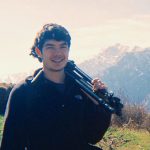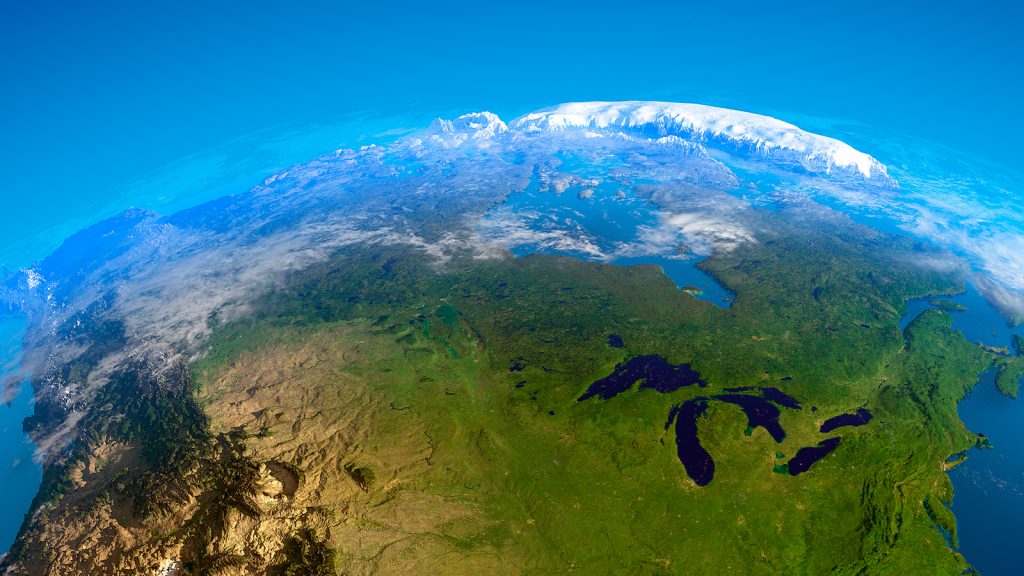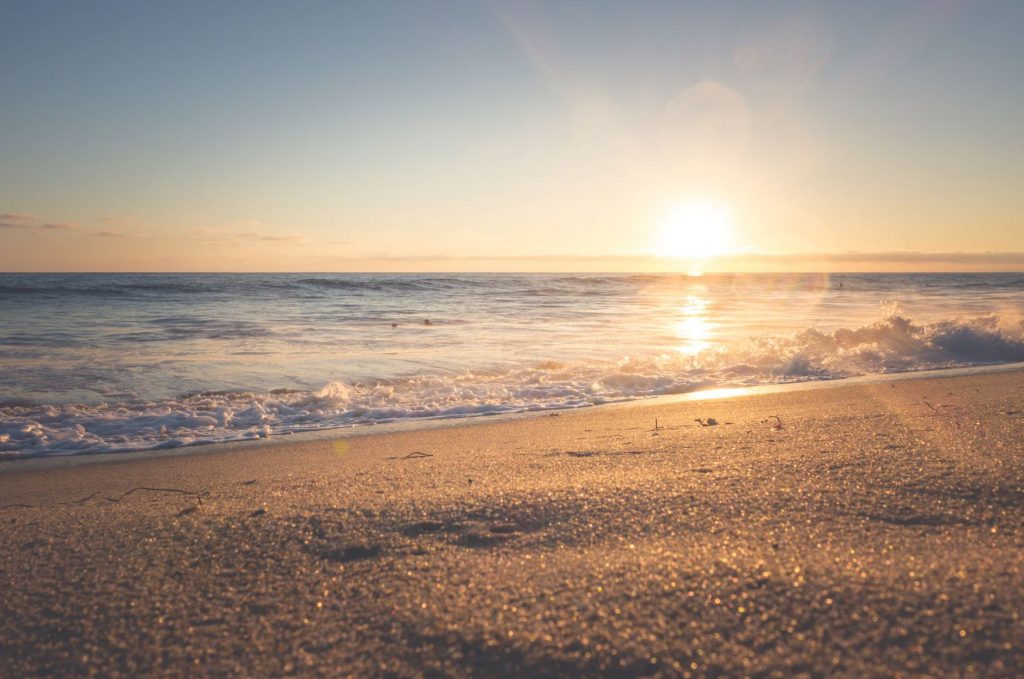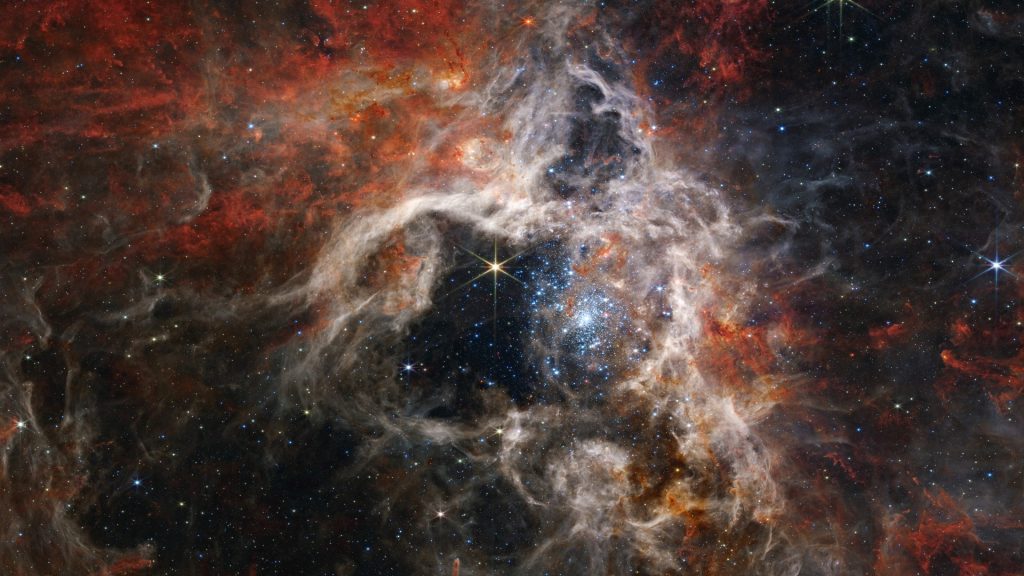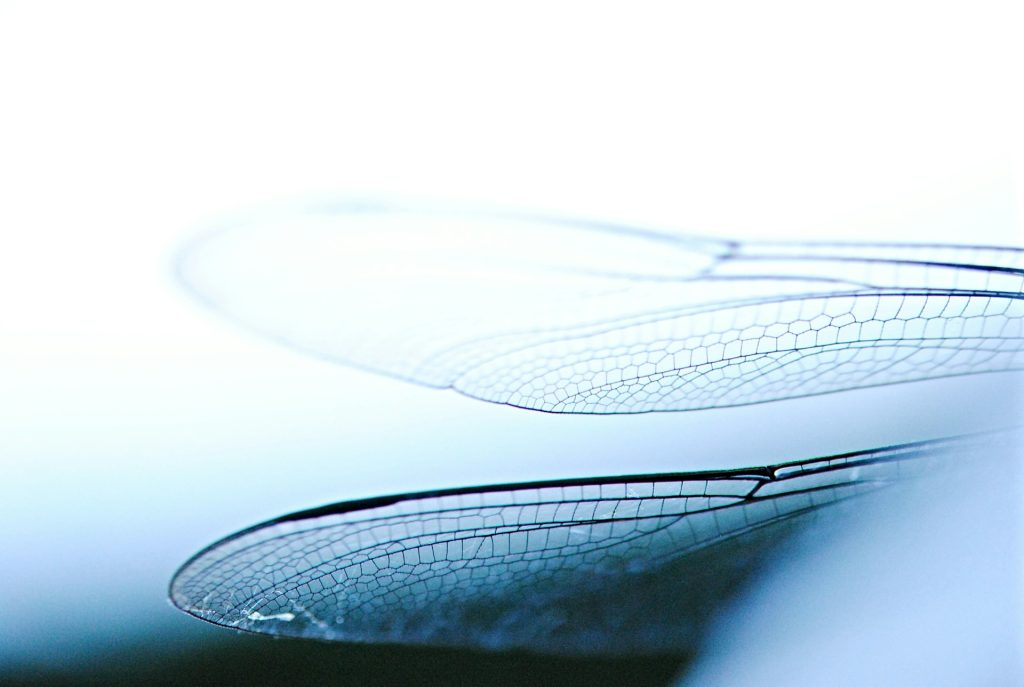Remembering Nature
I’ve been making short films and sharing them online for some years. A while back, someone commented that one of my films, which hadn’t had many views, was ‘rotting on YouTube’. Isn’t that great!?
Rotting.
Apart from cracking me up with its bluntness, I like that the metaphor is so inaccurate. My films, along with the cat videos, conspiracy montages, and countless other digital impressions, might last hundreds, even thousands of years and be perfectly unchanged. Google’s data centres will probably remain some of the most secure buildings on the planet, until the binary building blocks of the Web are transferred to whatever the next evolution of data storage looks like.
It also makes me think about the vastness of the digital world we’re creating. More than five hundred hours of video are uploaded to YouTube every minute. TikTok has soared from infancy to an estimated one billion users in the space of four years.
How is that exponentially expanding digital world affecting the physical one?
This is one of the tangle of questions that led me to make a new short film called Forgetting Nature.
Forgetting Nature
As the film is only a brief introduction to that tangle, here are a few more reflections on what it’s about.
One message in the film is familiar. As more and more of our lives become a conveyor belt of websites, emails and infinite scroll, our time available — or our desire — to spend outdoors and experience the living world gets cut. And with that, we are losing a more vivid variety of experience that would make our lives richer. For an increasing number of people, we’re more disconnected from wild nature than ever before.
Well, what gives? We’ve heard that before…
Yes, we’ve heard it before and the perniciousness of the problem is exactly why I wanted to try and make a film that gets at the feeling rather than just the idea. How can we make enough of a dent in our daily routines to notice the bigger picture?
The situation becomes more urgent when you consider these increasingly urban, sedentary, pixelated lives merging with the collective phenomenon of environmental amnesia, also known as shifting baseline syndrome. People don’t perceive the changes that are taking place in the natural world — either by generation, taking the state of nature in their childhood as the normal baseline despite it being already depleted — or from personal amnesia, simply forgetting.
Peter Kahn, a professor at the University of Washington in Seattle, was one of the first people to research this in the nineties and his words carry the film. Since his early work, more studies have proved this misperception of wildlife to occur.¹ Taken with the digital overhaul of our lives, it’s like we’re cutting down the forest we live in, while putting a blindfold on, and we’ve got amnesia to boot! No wonder we’re not more upset by our actions.
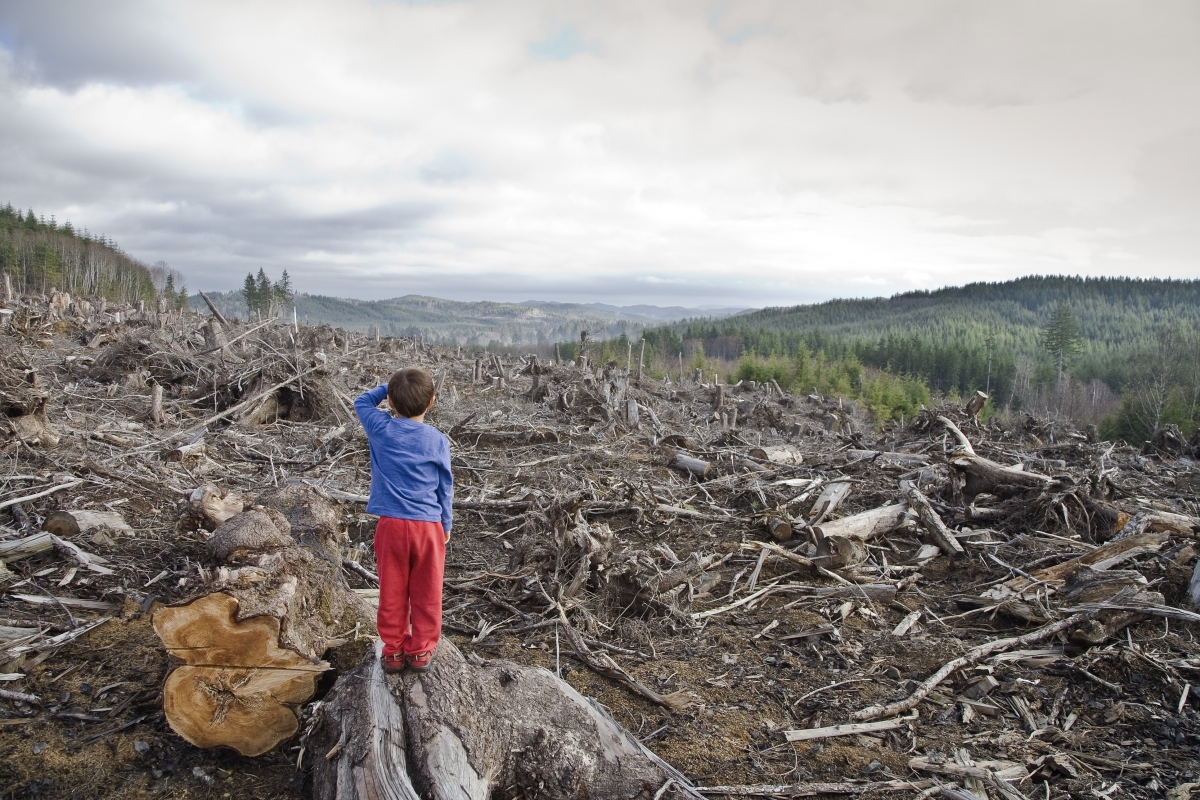
There’s an anecdote I’ve told many friends, which my grandfather actually told me in the car on a drive back from screening my first documentary in a little cinema in Oxford in 2010. Although that film was about climate change, it got him thinking about how the world was changing. His voice strained with urgency as he exclaimed how much less wildlife he saw these days, and in particular, the complete absence of insects on car windscreens. When he was young, he told me, you would turn on the windscreen wipers to clear the number of bugs on the glass. The story stuck with me as a clear and dramatic change in a generation: I’d never seen that many bugs growing up.
In the past few years, it surprised me to see a flurry of news articles and studies echoing my grandad’s story: 80% declines in insects reported in 20 years, an ‘insect apocalypse’, ‘plummeting numbers’, ‘threatening a collapse’.
Part of my motivation in making this film was to challenge this idea of a ‘collapse’ in the future that might happen. We are living in the collapse. This is it. It’s outside our windows (or disappearing from them) right now. Our changing lifestyles are part of this too, our experiences stripped of the thrill and variety of time in wild nature. The creeping evolution of our inner worlds and the changes to the world out there aren’t a parallel coincidence, they’re connected.
So, what should we be doing?
The film is meant as a little catalyst, and of course I don’t have all the answers. The good news is, there’s a movement of many brilliant organisations and people already working towards a more hopeful future. You can find one close to you in no time.
Certainly one useful way to start countering the problem of environmental amnesia is to get older generations sharing stories of what’s changed with younger generations, and this is what the Forgetting Nature website is encouraging as an immediate activity. Hopefully some of these uniquely personal conversations will germinate new conservation actions; from wildlife gardening to ecosystem restoration, it’s all important.
Spending time outdoors, paying attention to wild nature — these are such simple things, but so valuable, especially for children.
In such a short space of history, human childhood has been transformed by technology. I was born in 1991, and will be the last generation to have experienced my early years without pervasive social media and smartphones. This is what makes the perspective of our oldest generations so valuable in this moment; it’s the last opportunity to see in both directions. Both in terms of wildlife and human life, what were things like in the mid-twentieth century? As Peter says in the film, “We’re usually aware of the gain, because we can feel what the gain is, the question is, what are we losing?”
There are cultures whose traditions and values aren’t based on the extractive, dominance mindset of Western capitalism, and these perspectives also need to be championed in the conversation about reconnecting with wild nature. This was, in fact, going to be a strong theme of the film before it was cut short by various obstacles in the past year.
While filming, I was fortunate to experience the hospitality of people from the Nuxalk Nation in British Columbia, and speak to some of them about changes they’ve witnessed. Talking about the landscape, passing on a relationship with it, practicing rituals of reverence and gratitude to the rest of life, these are much more part of their culture than the one I grew up in.
One elder’s comment that “it’s so uneven throughout the world: what’s gained, who gets the upper hand, what’s progress,” drives home the inequalities of different people’s experiences of the natural world. From the colonisation and resource extraction that white settlers have wreaked on indigenous lands on Canada’s west coast, to the lack of inclusion and representation of Black people and people of colour in outdoor culture where I live in the UK, improving access to nature needs us to dismantle different barriers at the same time.
Forgetting Nature is trying to get at something universal: our capacity for wonder at the natural world, and the risk to all of us if that is eroded.
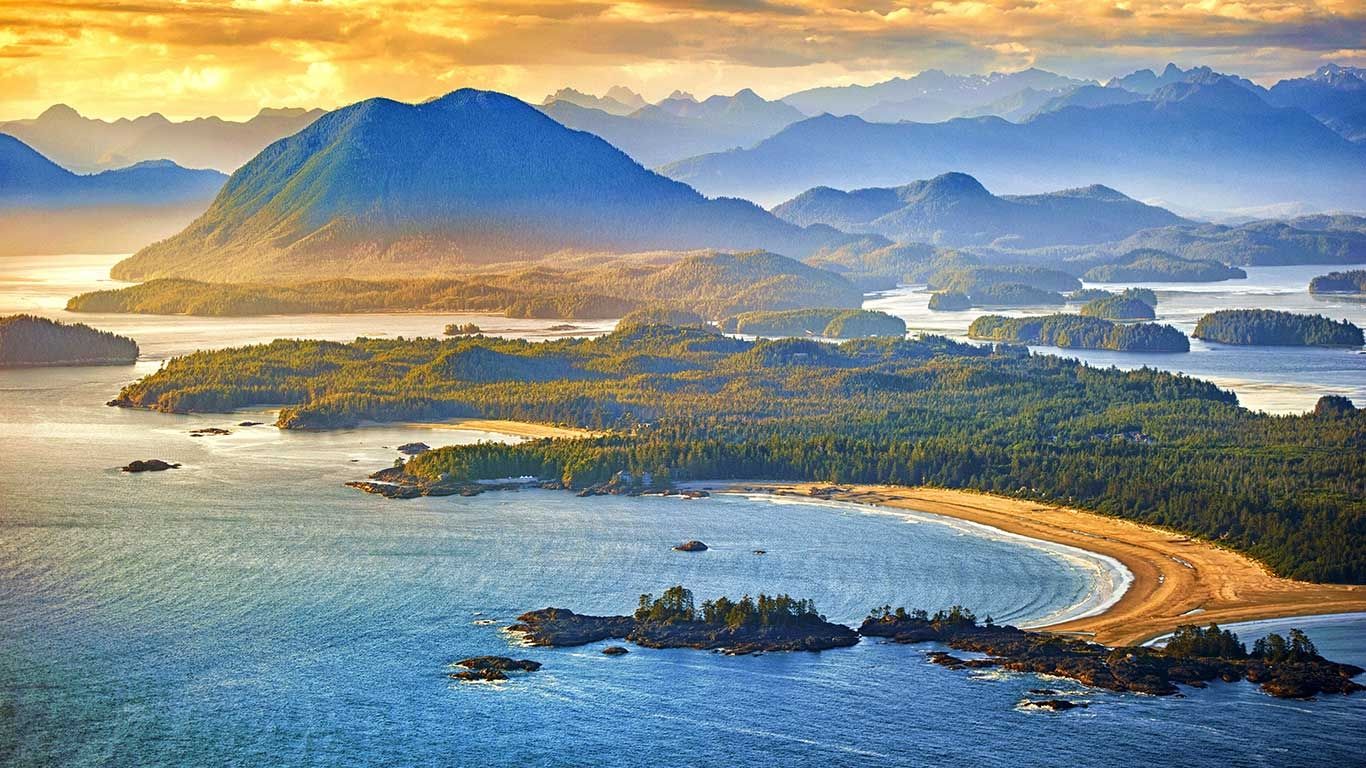
For me personally, nurturing that capacity will also mean trying to leave my camera behind more often. The one time I did that while in Canada was when I decided to take a break from filming and camp a night on Flores Island. It’s Ahousaht First Nation territory in the Clayoquot Sound, on the west coast of Vancouver Island. The forest there is some of the most extensive old-growth in the region, still standing thanks to indigenous blockades and protests against logging companies in the eighties and nineties.
It’s dripping with life. I was the only visitor on the hiking trail at the time, and as soon as I stepped out of the first cove on the 7-mile path away from the village, I could feel my awareness expanding with the vitality of my surroundings. It definitely heightens your senses to wake up with your tent surrounded by wolf prints, too.
The irony of promoting a film warning about the attention-grabbing dangers of social media in an attention-grabbing style on social media isn’t lost on me. Think of it as a Trojan meme meant to stick with you, as my grandfathers’ story did with me. Even better, find out your own personal stories of changes to wildlife where you live, as explained here on the film’s website. If something’s been lost, what could you do to help ecosystems regenerate?
Whether this film rots on YouTube or eats it from the inside like those Cordyceps fungi on Netflix that gave ants everywhere nightmares, I hope it gives you pause for thought, and that pause leads you in search of new experiences away from this screen.
We want the film to spark real conversations. Personal stories, learning from people we know, these things stick with us and can change our perspective.
Create a post #RememberingNature
-
How has wildlife changed in your local area since you were young?
-
What species don’t you see now that you used to?
-
How was time spent outdoors different from today?
-
Where has nature flourished?
Not old enough to know? Find someone who does. Ask a parent, grandparent, or someone you know in your area the questions above.


